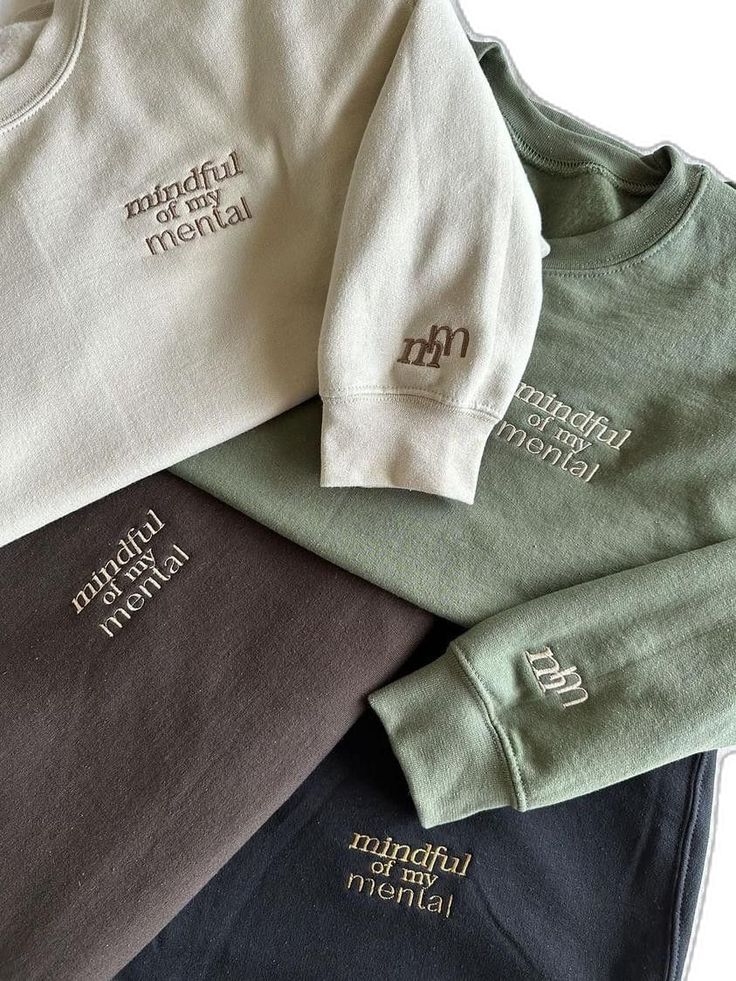The year 2024 has ushered in a transformative era for t-shirt fabrics, merging cutting-edge innovation with the timeless quest for comfort and style. No longer limited to basic cotton or synthetic blends, today’s t-shirt materials represent a fusion of science, sustainability, and sophisticated design. Driven by consumer demand for eco-conscious production, enhanced functionality, and all-day wearability, fabric developers and fashion brands have risen to the challenge by introducing groundbreaking textiles that redefine what it means to wear a t-shirt. This comprehensive guide explores the most revolutionary materials making waves in the industry, offering deep insights into their composition, benefits, and how they are shaping the future of casual and performance wear alike. Whether you are a fashion enthusiast, an athlete, or someone who values both comfort and functionality in everyday attire, the fabric innovations of 2024 are sure to impress and inspire.
The Rise of Sustainable Cotton Alternatives
While organic cotton has been a sustainable fashion staple for years, 2024 sees the introduction of even more eco-friendly alternatives that minimize environmental impact without sacrificing softness or durability. Regenerative cotton, sourced from farms committed to soil health and biodiversity, leads the movement. By using methods that enrich rather than deplete natural ecosystems, regenerative farming practices produce fibers that are exceptionally resilient and luxuriously soft. In addition, brands are investing heavily in recycled cotton blends, giving post-consumer textiles a second life through advanced reprocessing techniques that preserve fiber integrity. Innovations like hemp-cotton hybrids are gaining popularity, offering a breathable, naturally antimicrobial option with superior strength. These next-generation cotton alternatives not only meet the growing demand for responsible fashion but also introduce richer textures and enhanced moisture management properties, making them ideal for both lifestyle and performance-oriented t-shirts.
The Emergence of Bioengineered Fabrics
One of the most exciting frontiers in t-shirt innovation lies in the realm of bioengineering. Scientists and textile manufacturers are collaborating to create lab-grown materials that mimic, and often surpass, the qualities of traditional fibers. Mycelium-based textiles, derived from fungal root systems, have captured attention for their lightweight structure, inherent breathability, and minimal ecological footprint. Additionally, biofabricated spider silk, cultivated without the need for spiders, offers unparalleled tensile strength while maintaining a delicate, silky feel. These futuristic fabrics are designed to be biodegradable, ensuring that when a garment reaches the end of its life cycle, it returns to the earth without leaving harmful residue. Bioengineered fibers present a powerful vision for a fashion industry where luxury, utility, and environmental stewardship coexist seamlessly. T-shirts crafted from these revolutionary materials boast extraordinary performance attributes such as enhanced elasticity, water resistance, and temperature regulation, redefining the boundaries of what casual apparel can achieve.
The Evolution of Performance-Driven Synthetics
Synthetic fabrics have long dominated the athletic wear market, but 2024 introduces a new class of performance synthetics that prioritize sustainability, comfort, and multi-functionality. Traditional polyester, often criticized for its reliance on petrochemicals and contribution to microplastic pollution, is being replaced by recycled and bio-based alternatives. Recycled PET, derived from post-consumer plastic bottles, is transformed into high-quality yarns that deliver impressive moisture-wicking abilities, rapid drying times, and exceptional durability. Meanwhile, bio-polyesters, sourced from renewable plant-based feedstocks, offer a greener solution without compromising technical performance. Advances in nanotechnology have enabled the creation of synthetics with built-in odor control, UV protection, and even self-cleaning properties, reducing the need for frequent washing and extending garment longevity. Today’s high-performance synthetic t-shirts blur the line between activewear and everyday fashion, offering unparalleled versatility for the modern, on-the-go consumer.
Advanced Natural Fiber Innovations
Beyond traditional cotton, 2024 showcases an impressive surge in high-performance natural fibers. Bamboo viscose, long valued for its silky texture and breathability, has been further refined to improve sustainability. Modern processing techniques now eliminate harmful chemicals traditionally associated with bamboo production, yielding a fiber that is not only eco-friendly but also softer and more durable than ever. Another standout is ramie, an ancient plant fiber making a comeback due to its exceptional tensile strength, moisture-wicking capabilities, and natural luster. Ramie fabrics resist wrinkling and bacteria, making them ideal for travel and athletic t-shirts alike. Furthermore, nettle fibers, once overlooked, are gaining traction due to their strong, lightweight properties and minimal water requirements during cultivation. These innovative natural fibers deliver a luxurious feel and high-functionality performance while supporting global movements toward environmental responsibility and regenerative agriculture.
Smart Textiles and Wearable Technology Integration
The convergence of fashion and technology is most evident in the development of smart textiles. T-shirts crafted from fabrics embedded with nano-sensors can now monitor vital signs such as heart rate, temperature, and even hydration levels. Designed for athletes, health-conscious individuals, and tech enthusiasts, these garments seamlessly integrate functionality with comfort. Some materials can adjust their properties dynamically—becoming more breathable in warmer conditions and offering added insulation in cooler environments. Other advancements include self-healing fabrics that mend small tears or abrasions without the need for traditional repairs. Conductive threads woven into t-shirt fabrics enable wearers to interact with their devices through simple gestures or touches. As technology continues to miniaturize and integrate more naturally with textiles, the next generation of t-shirts transforms from basic apparel into intelligent tools that enhance daily life and promote wellness.
Conclusion
As we step into a new chapter in fashion history, the revolutionary t-shirt materials of 2024 embody the perfect union of comfort, performance, and responsibility. From regenerative cottons and bioengineered silks to smart textiles and climate-adaptive fibers, innovation permeates every thread. Consumers now have access to garments that not only meet but often exceed expectations for durability, functionality, and environmental consciousness. These advancements are reshaping not only the products we wear but the very principles guiding the fashion industry. T-shirts are no longer mere wardrobe staples; they are sophisticated pieces of technology, craftsmanship, and stewardship woven into fabric. As material science continues to evolve, the future of casual wear promises even greater marvels—where innovation, sustainability, and style coalesce seamlessly, offering unparalleled experiences to wearers around the globe.



